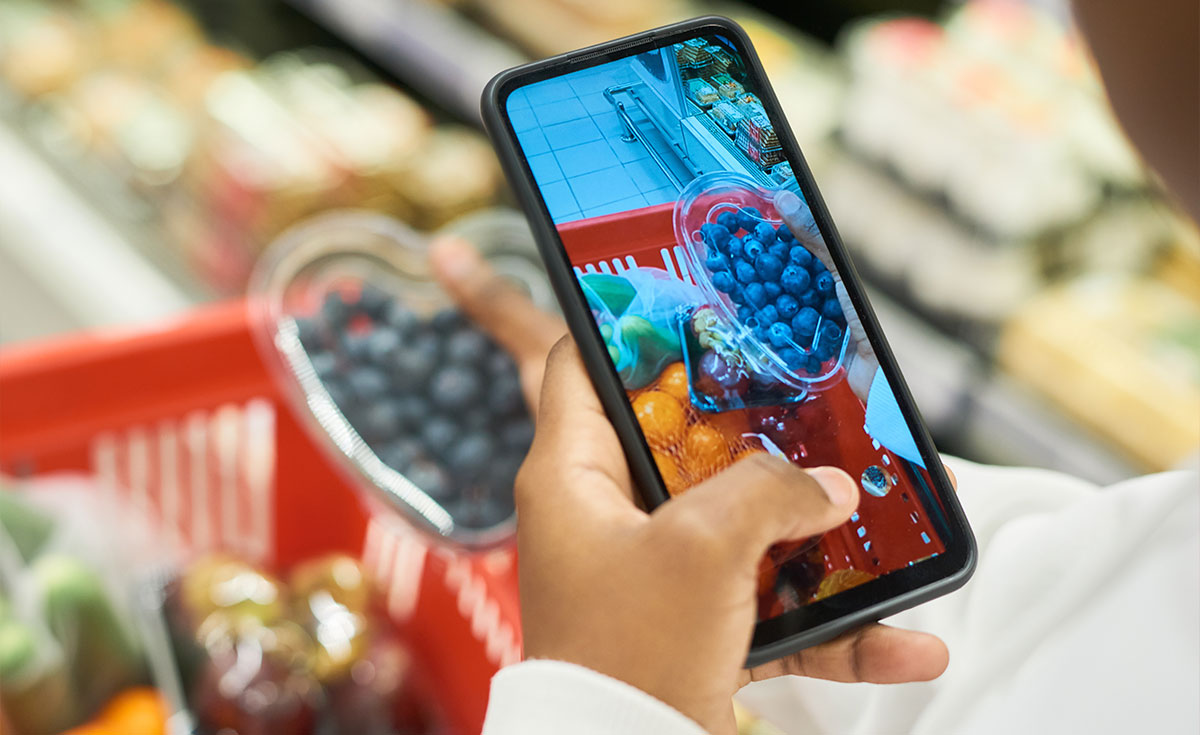This is the fourth blog from FMI's nonfoods in grocery stores series. We share compelling insights from our Power of Nonfoods research among shoppers and industry perspectives to explore nonfoods' role in the food retailing industry.
By: Tom Duffy, Senior Advisor, Industry Relations, FMI
If one thing sets me apart from my golf buddies (beyond my love of nighttime "glow golf"), it's the pile of lip balm sticks and sunscreen bottles you'll find in my golf bag, especially during the harsher summer months. On the other hand, the folks I play with tend to be more reactive when it comes to skin care. They often think of protecting themselves from the sun only after the fact, using products—and occasionally borrowing mine—to sooth sunburns or chapped lips.

If you ask me, proactive skin care is required when it comes to not just sun protection, but also face washes, moisturizers, treatments for dry skin, cosmetics and more. After all, the skin is the largest organ of the body and along with hair, nails, sweat and oil glands, is the body's greatest protector.
Based on data from FMI's Power of Nonfoods report, not all consumers agree with this strategy, occasionally taking a more random approach.
While 62% to 54% of consumers make planned purchases, there are some wild cards. Eleven percent to 16% of consumers typically buy these products on impulse. Approximately 28% of consumers make on-the-fly purchases.
Here are some additional findings from The Power of Nonfoods on this eclectic and varied market:
- Skin care and cosmetics are relatively divided between online and in-store purchases, with 37% of consumers using both equally. Eight percent of consumers shop online for these products exclusively while 21% to 25% stick solely to brick-and-mortar stores.
- That online market is shifting, with 15% to 17% of consumers making more internet purchases in recent years—and 7% to 5% making less.
- Nineteen percent to 30% of consumers often take special trips just to buy skin care and cosmetics.
- Food retailers are not often thought of for these types of nonfood products, with only 23% to 25% of consumers making purchases at grocery stores.
- That said, it's still a market to be taken seriously by grocers with more than $7 billion in sales generated through food retailers.
- When making purchases, consumers focus on brand, selection, quality, variety and unique products, along with price and good value.
Historically, my commitment to skin care out on the green lessens in the winter months when the sun isn't blazing. But writing this post has me thinking. My wife—my biggest educator on the topic—advocates for year-round skin care. She even shifts her protocol to adapt for the seasons, favoring thicker moisturizers and overnight lip masks to combat the colder weather.
There's something to be said for protecting my skin from the crisp winter weather. However, I'll probably leave out the overnight lip masks—unless I can find a florescent version that could somehow up my glow golf game...


 Industry Topics address your specific area of expertise with resources, reports, events and more.
Industry Topics address your specific area of expertise with resources, reports, events and more.
 Our Research covers consumer behavior and retail operation benchmarks so you can make informed business decisions.
Our Research covers consumer behavior and retail operation benchmarks so you can make informed business decisions.
 Events and Education including online and in-person help you advance your food retail career.
Events and Education including online and in-person help you advance your food retail career.
 Food Safety training, resources and guidance that help you create a company food safety culture.
Food Safety training, resources and guidance that help you create a company food safety culture.
 Government Affairs work — federal and state — on the latest food industry policy, regulatory and legislative issues.
Government Affairs work — federal and state — on the latest food industry policy, regulatory and legislative issues.
 Get Involved. From industry awards to newsletters and committees, these resources help you take advantage of your membership.
Get Involved. From industry awards to newsletters and committees, these resources help you take advantage of your membership.
 Best practices, guidance documents, infographics, signage and more for the food industry on the COVID-19 pandemic.
Best practices, guidance documents, infographics, signage and more for the food industry on the COVID-19 pandemic.
